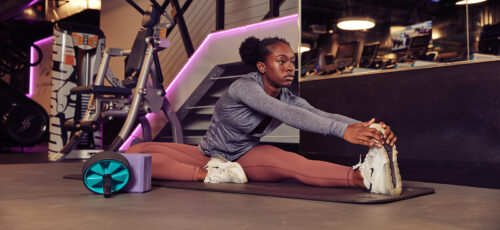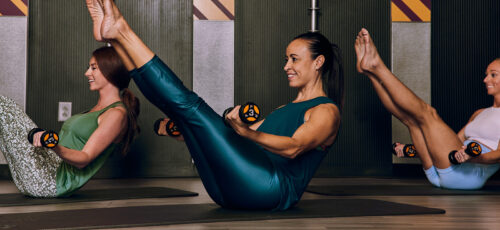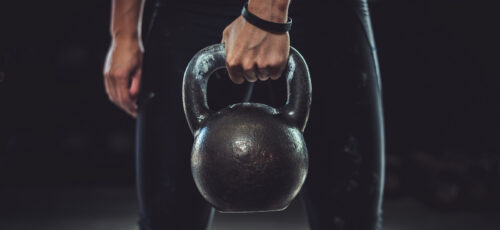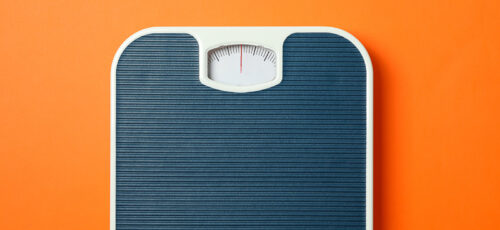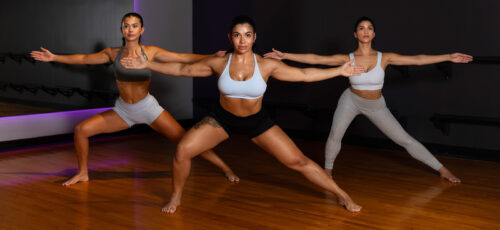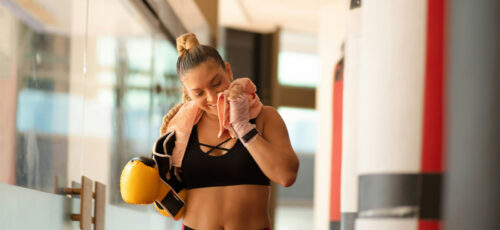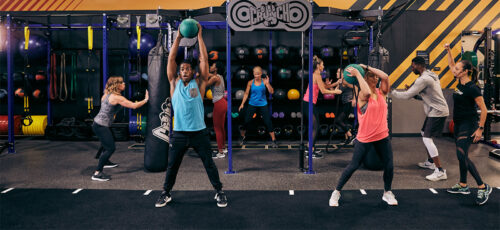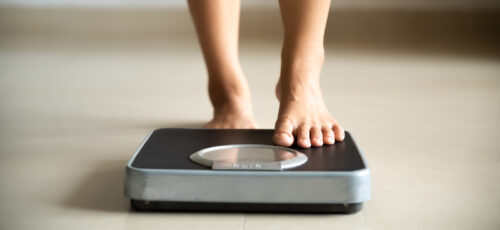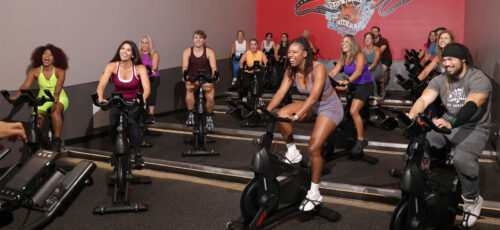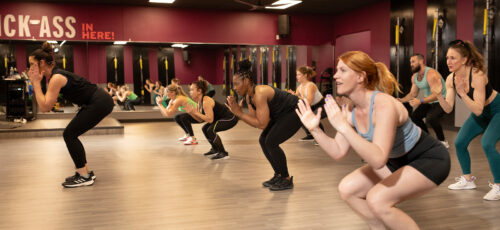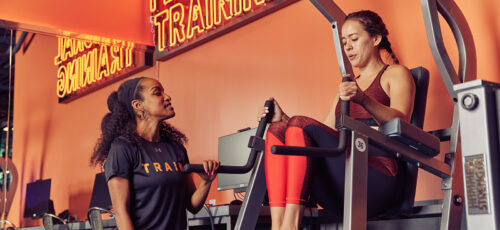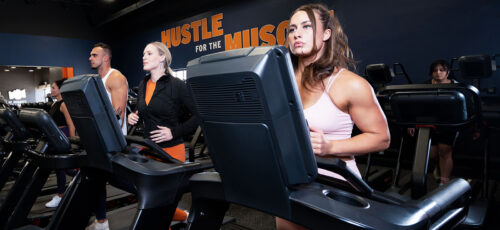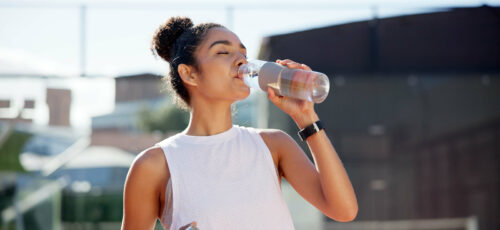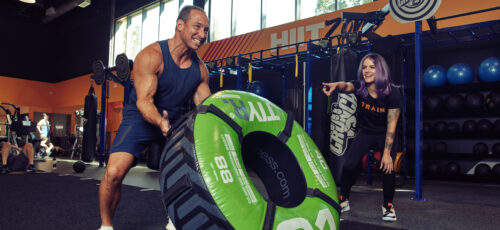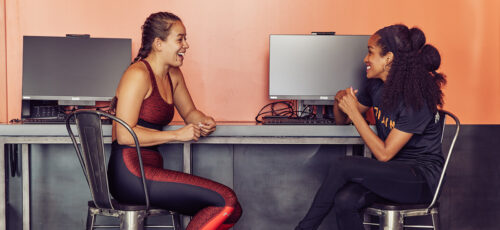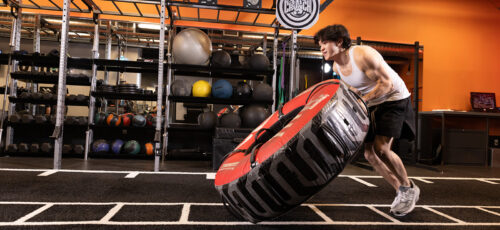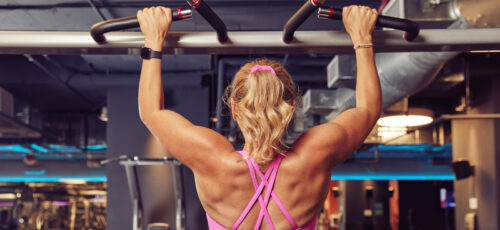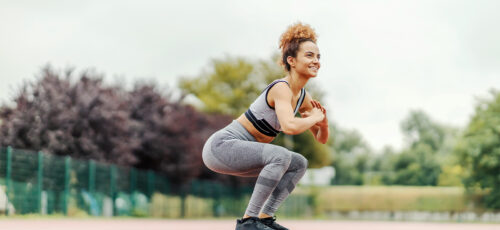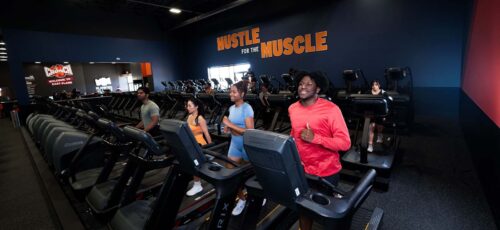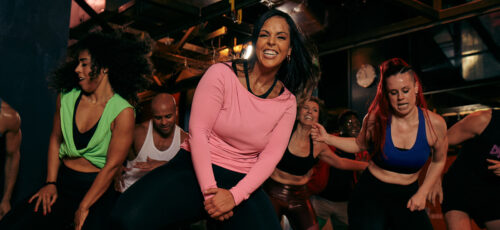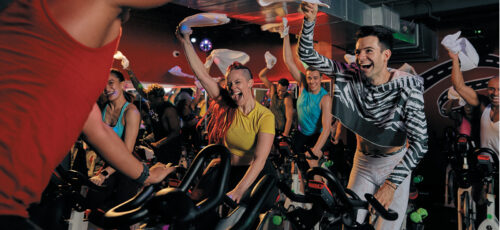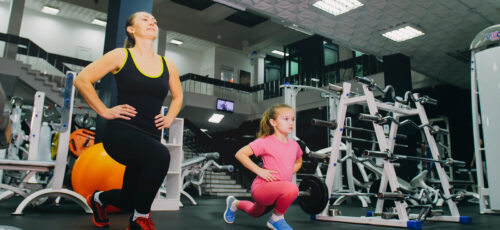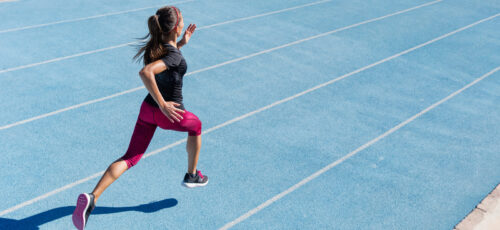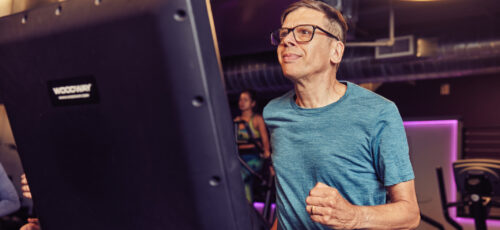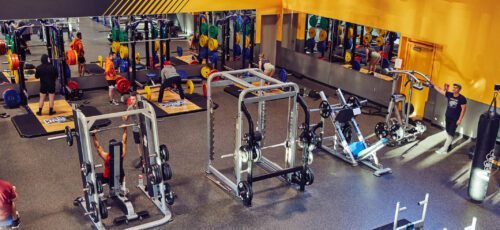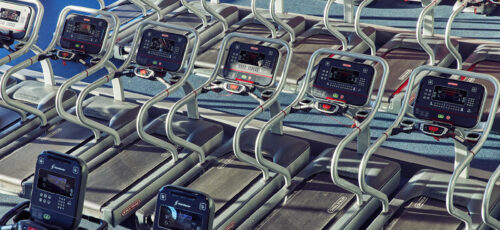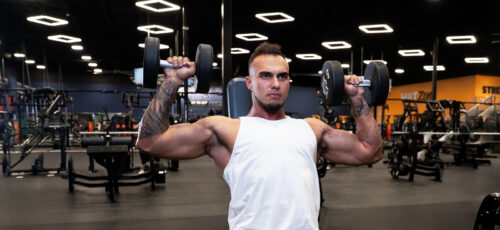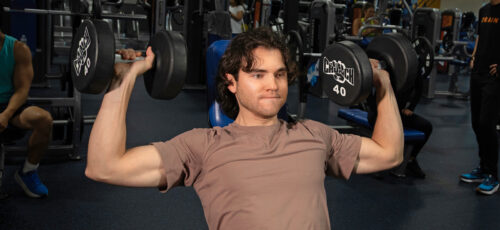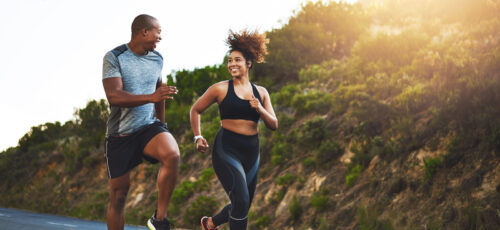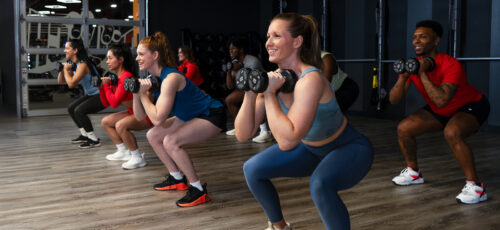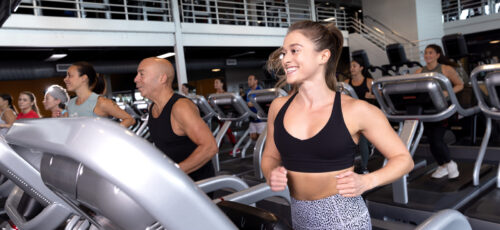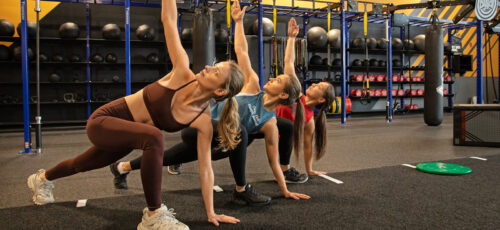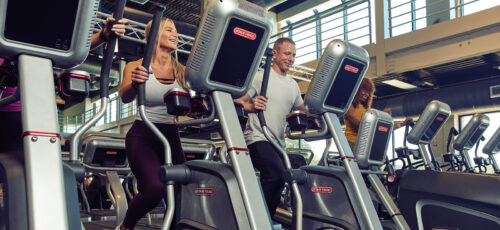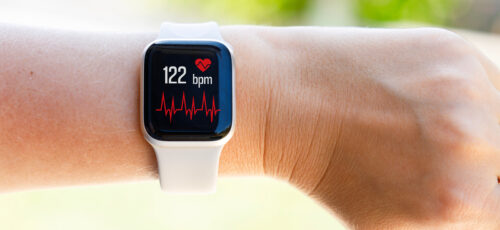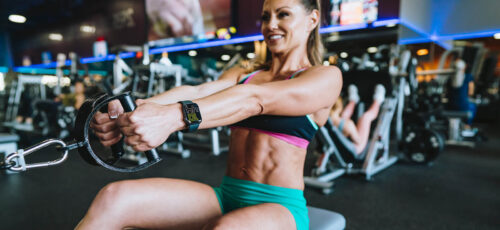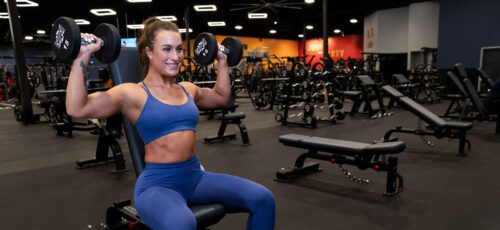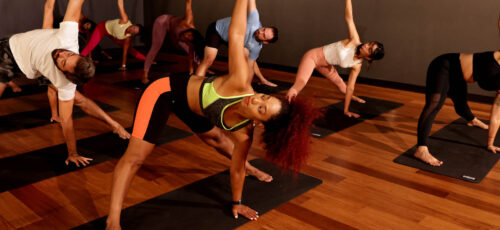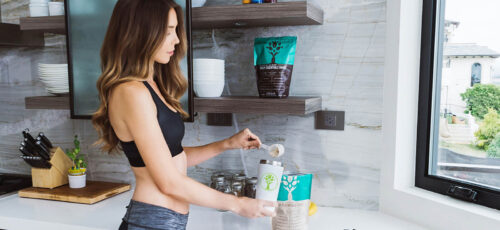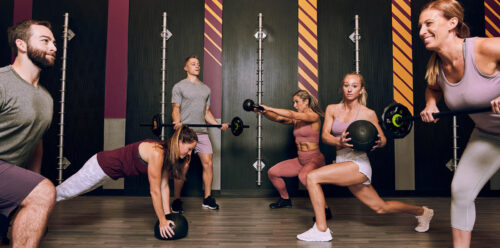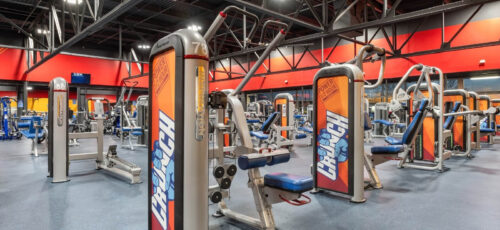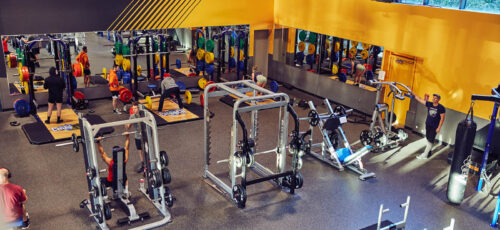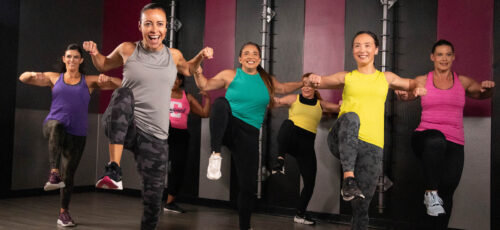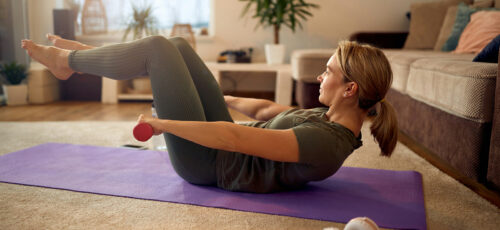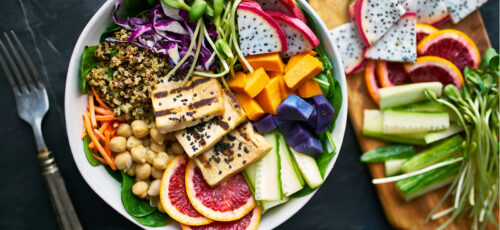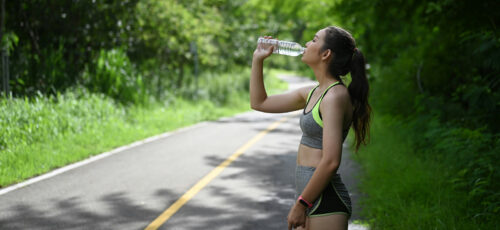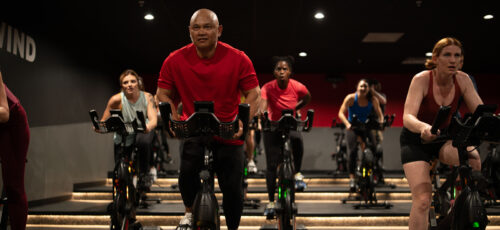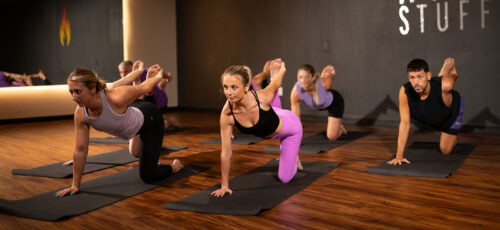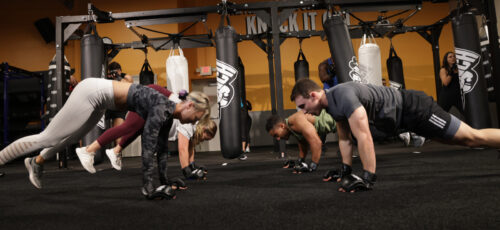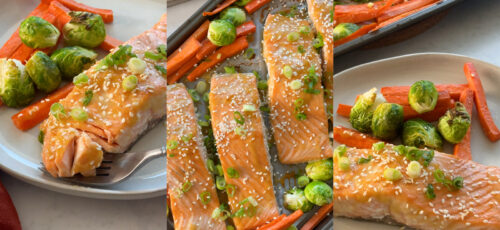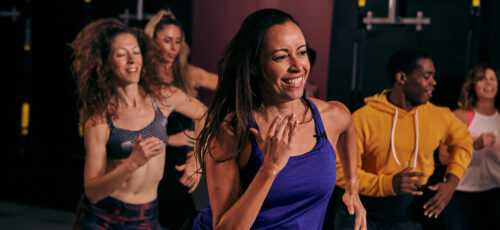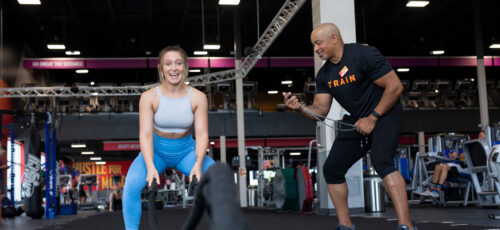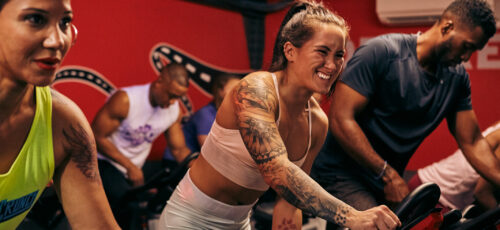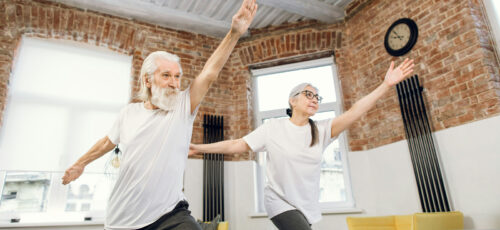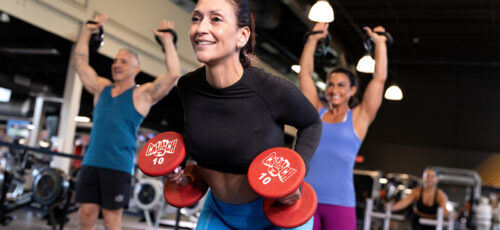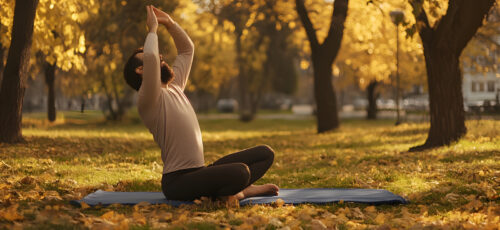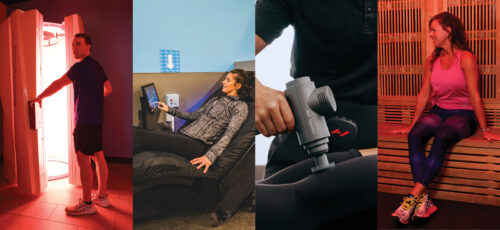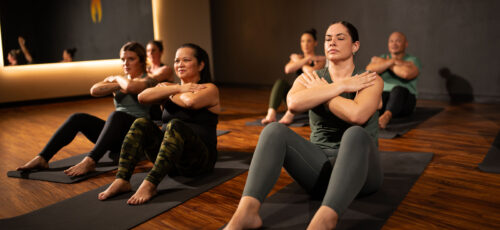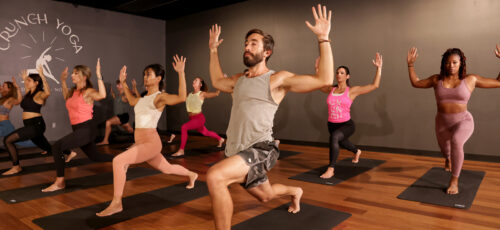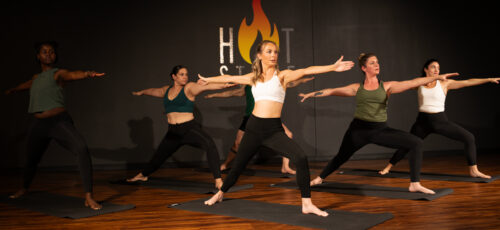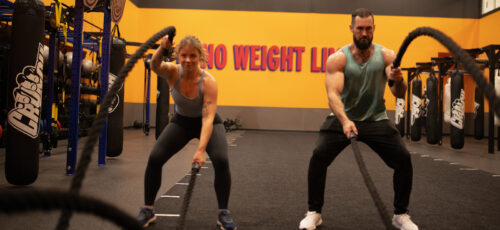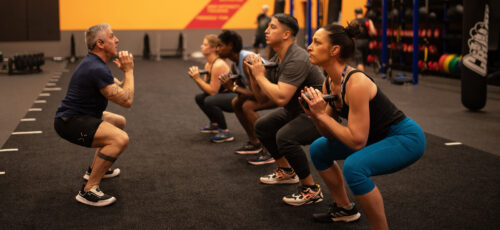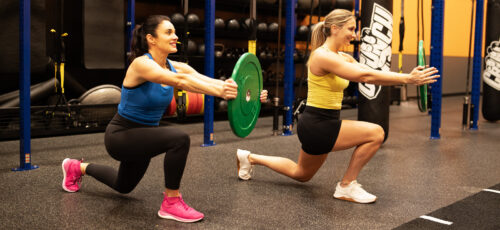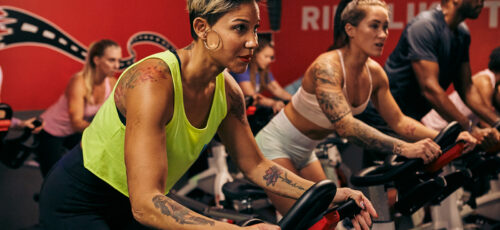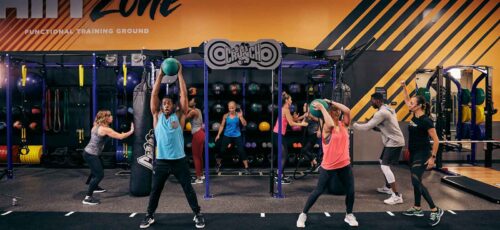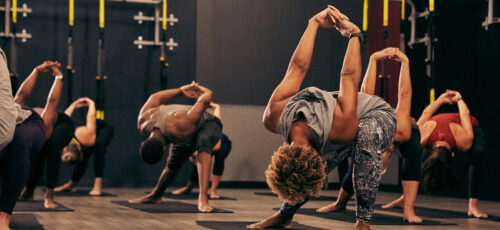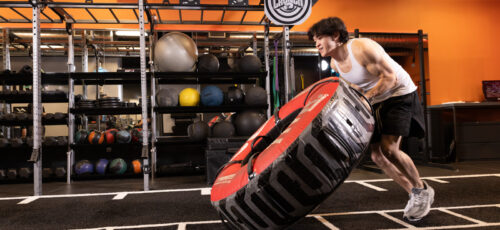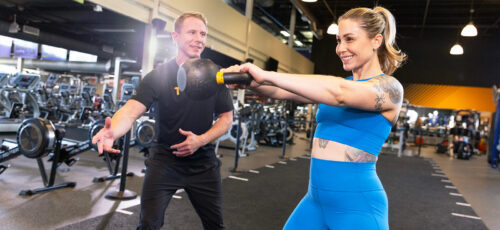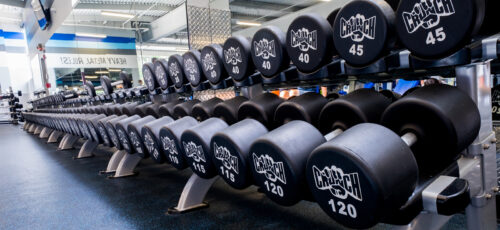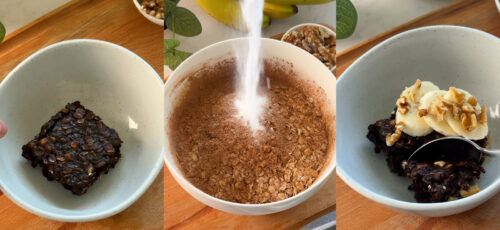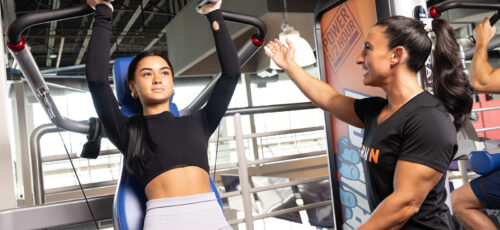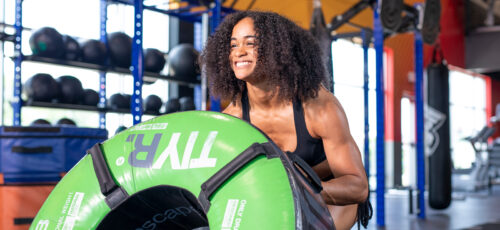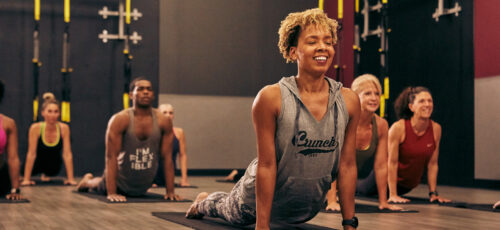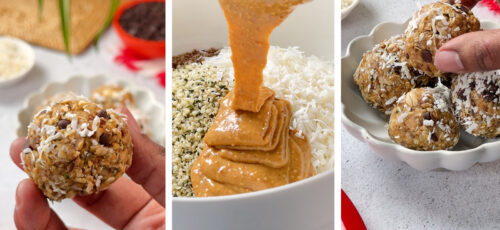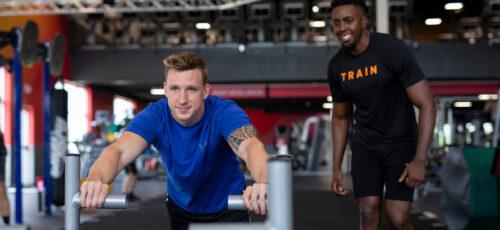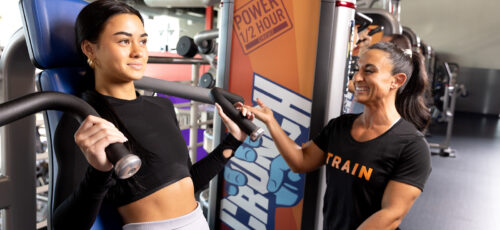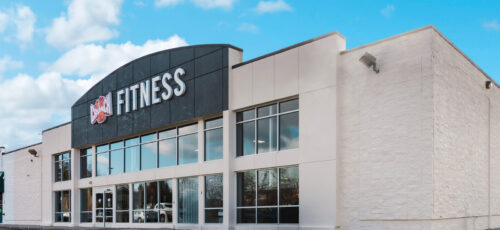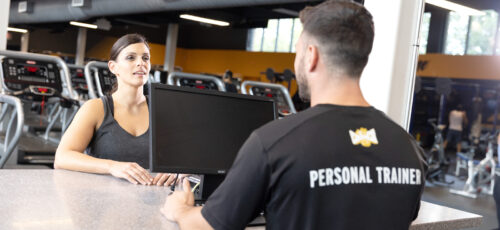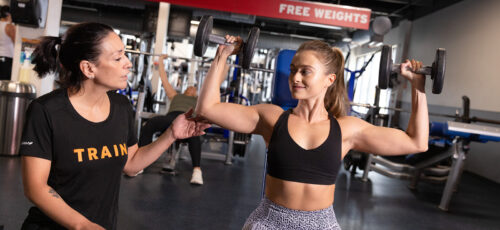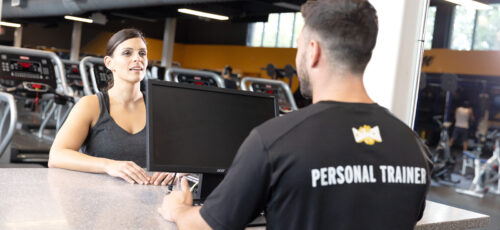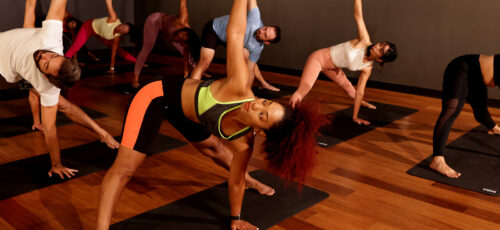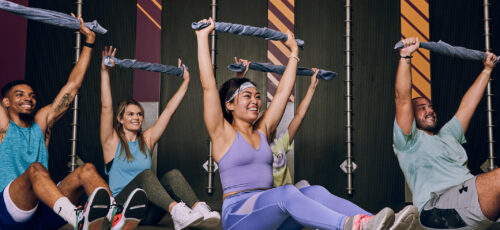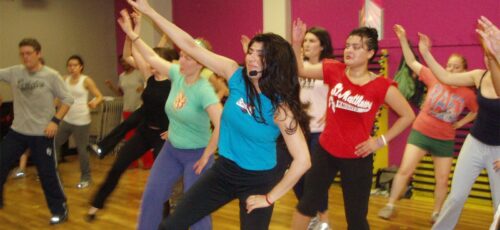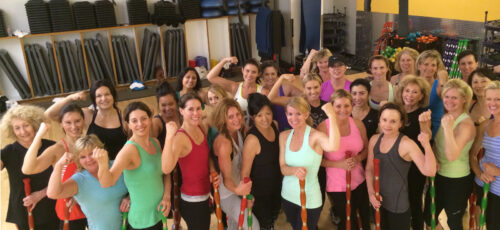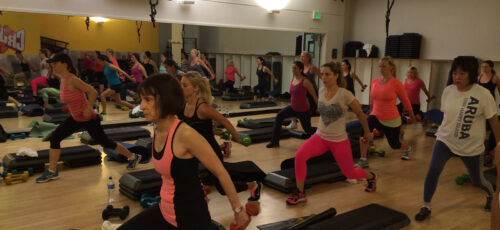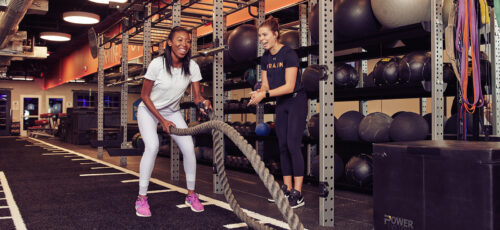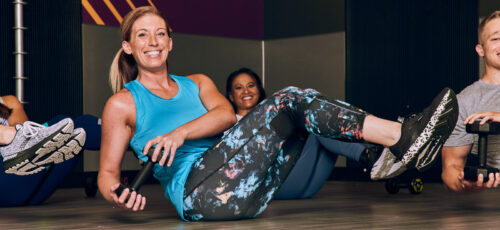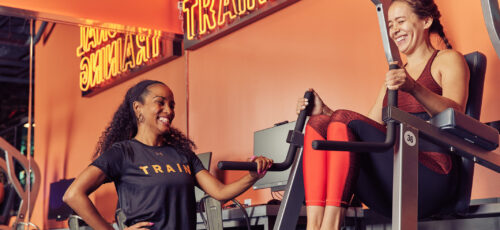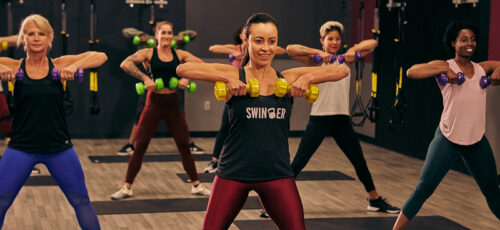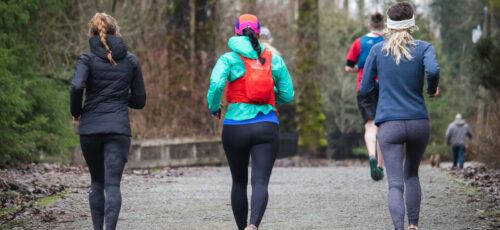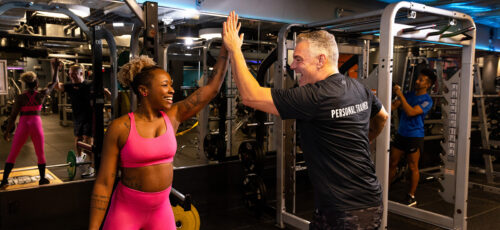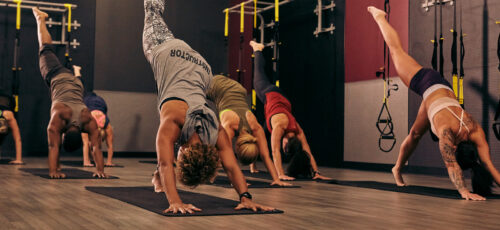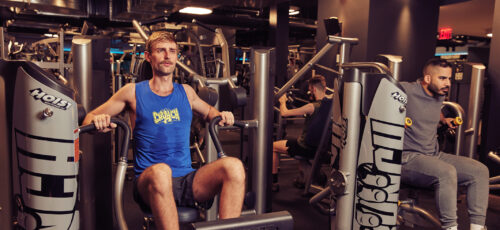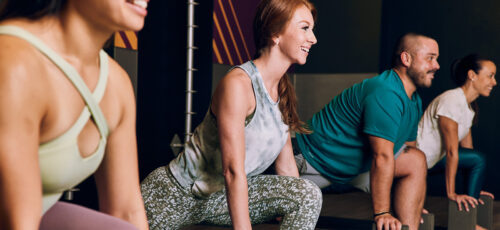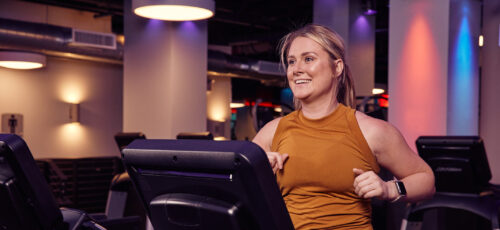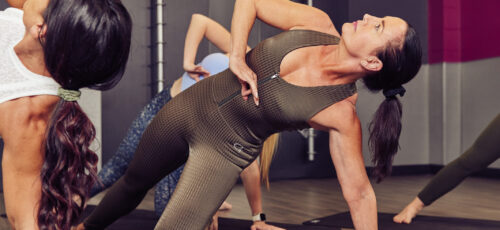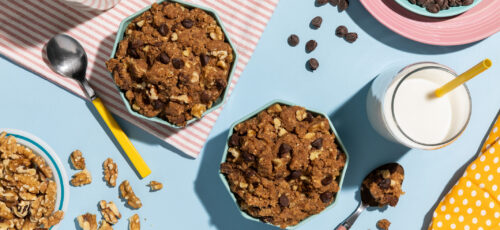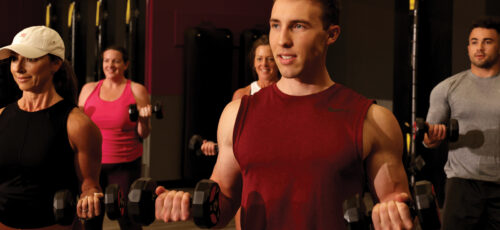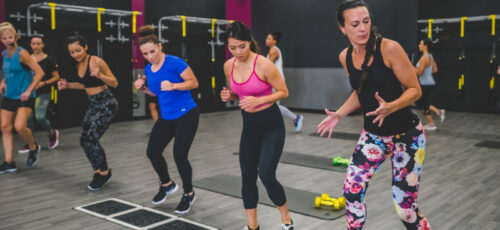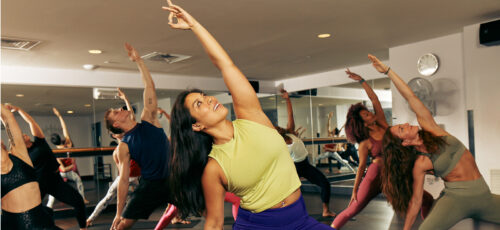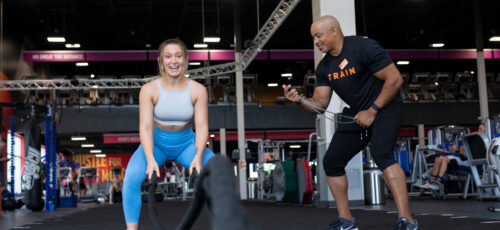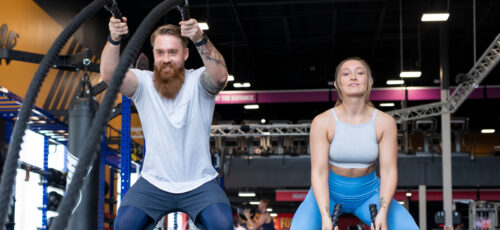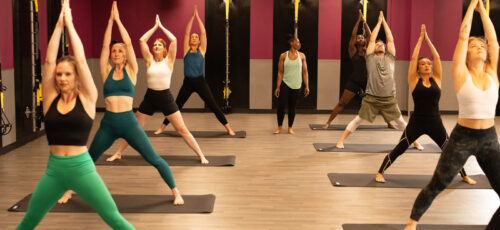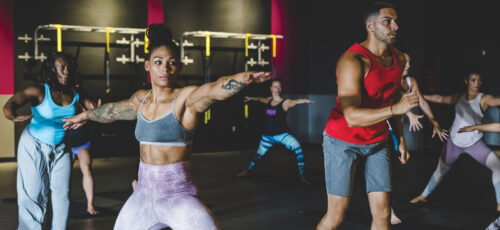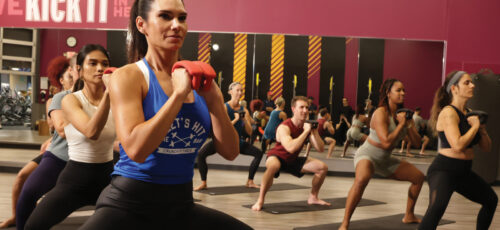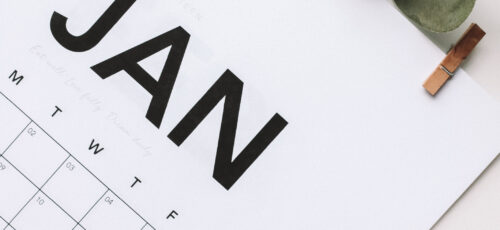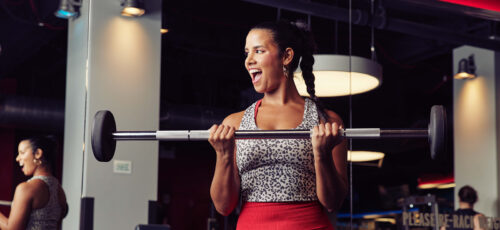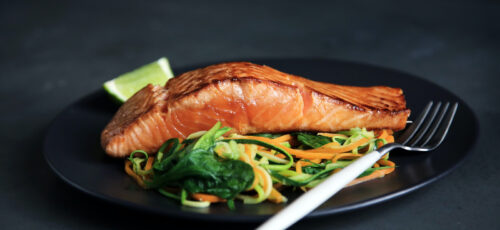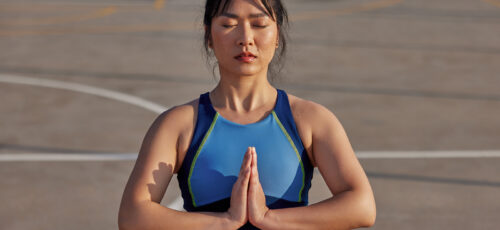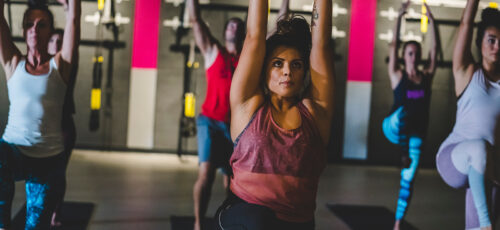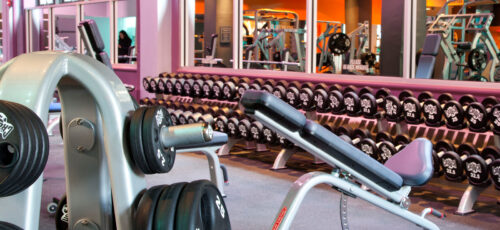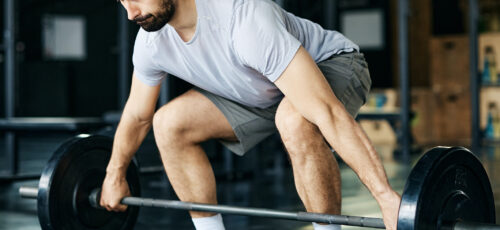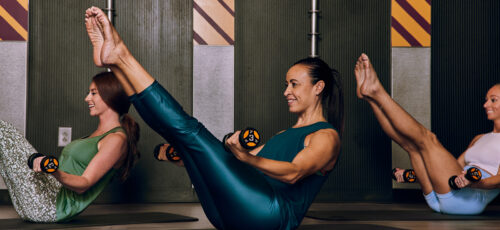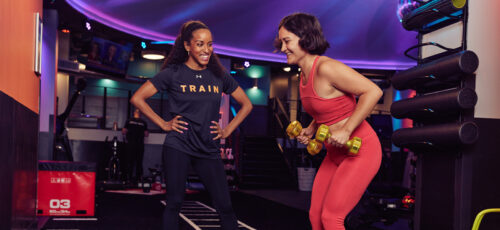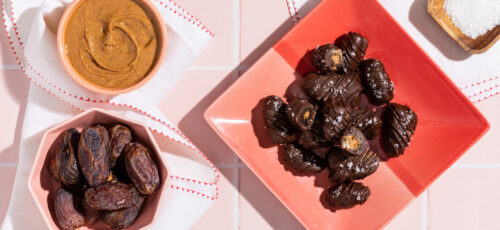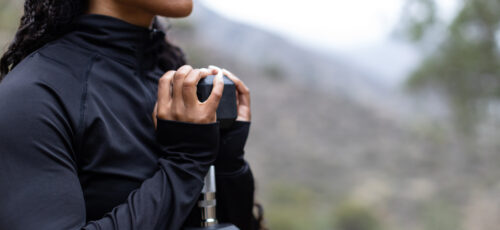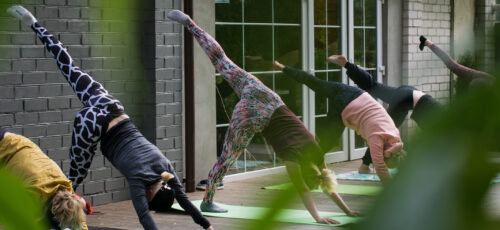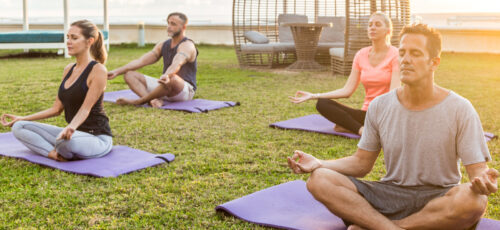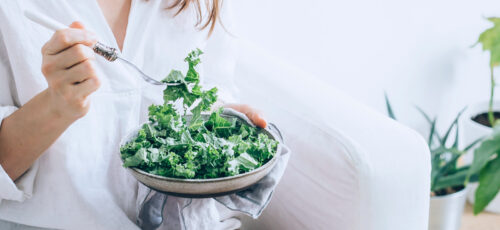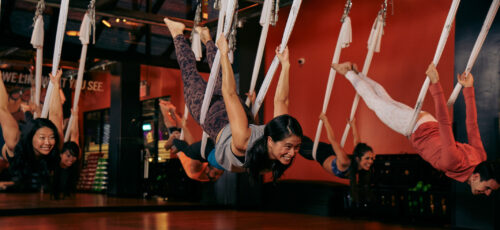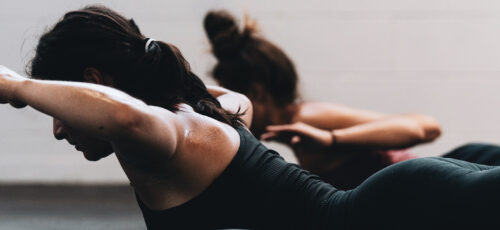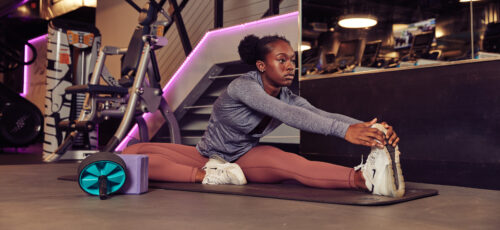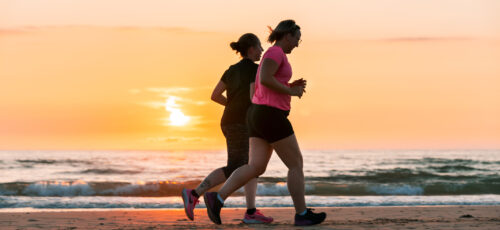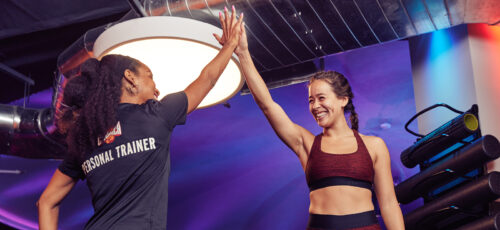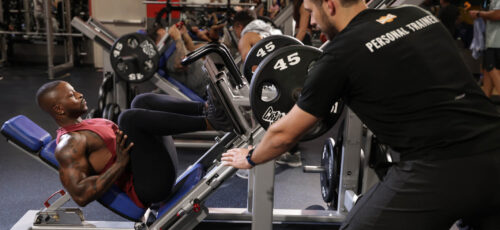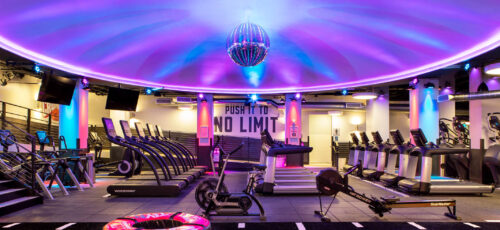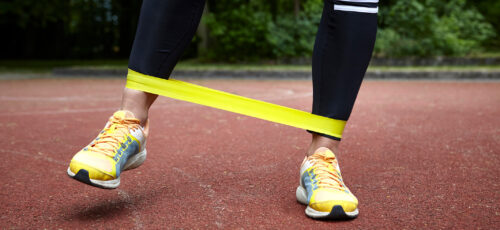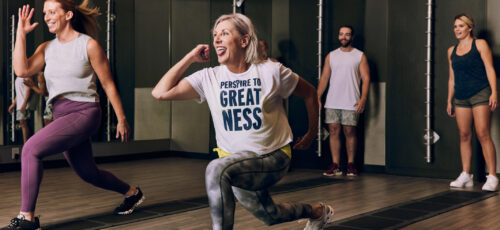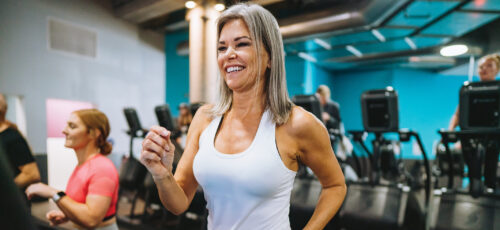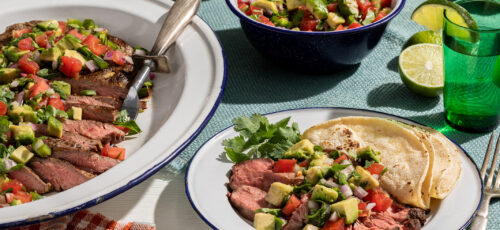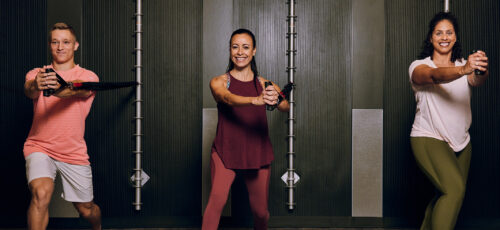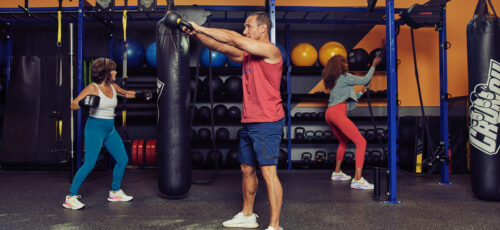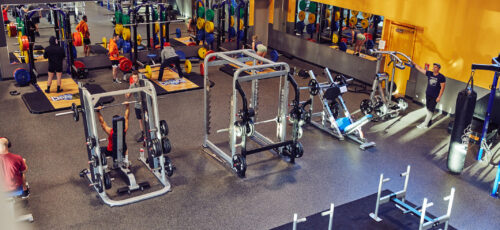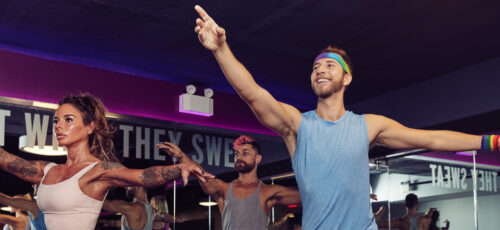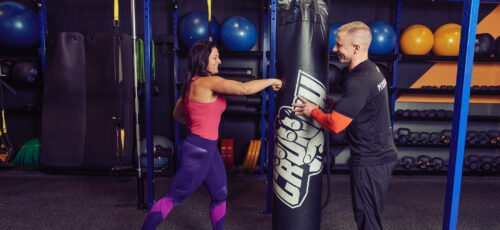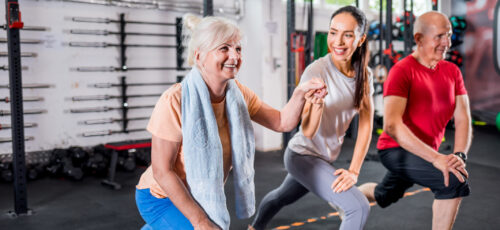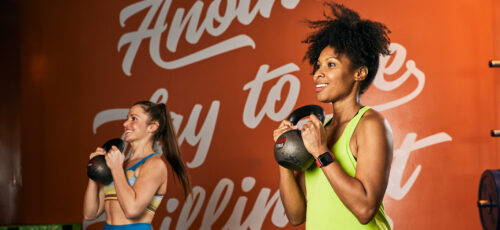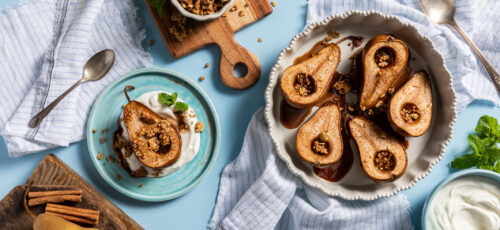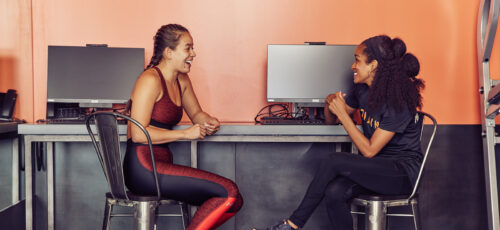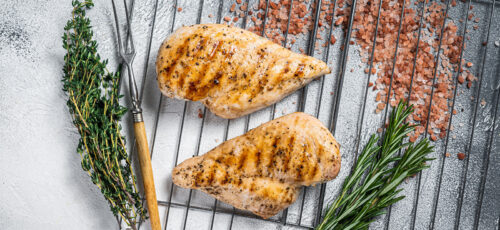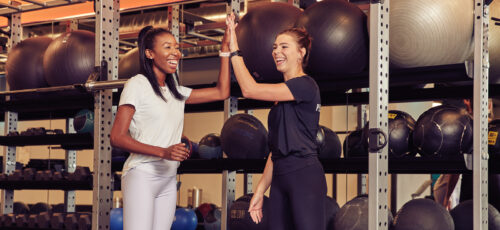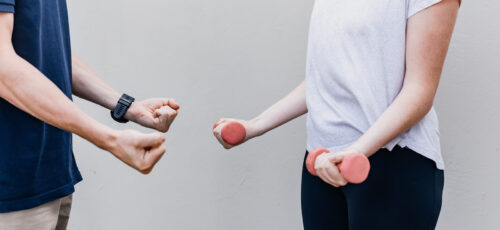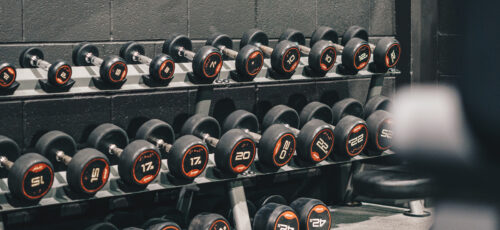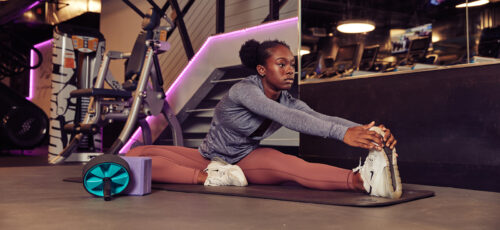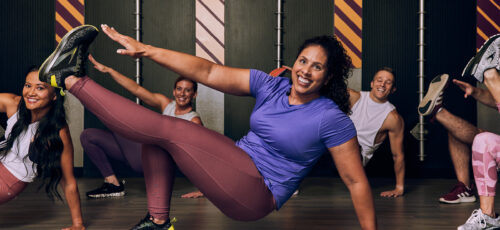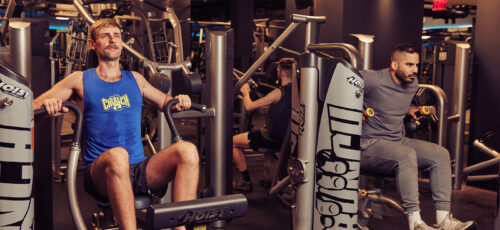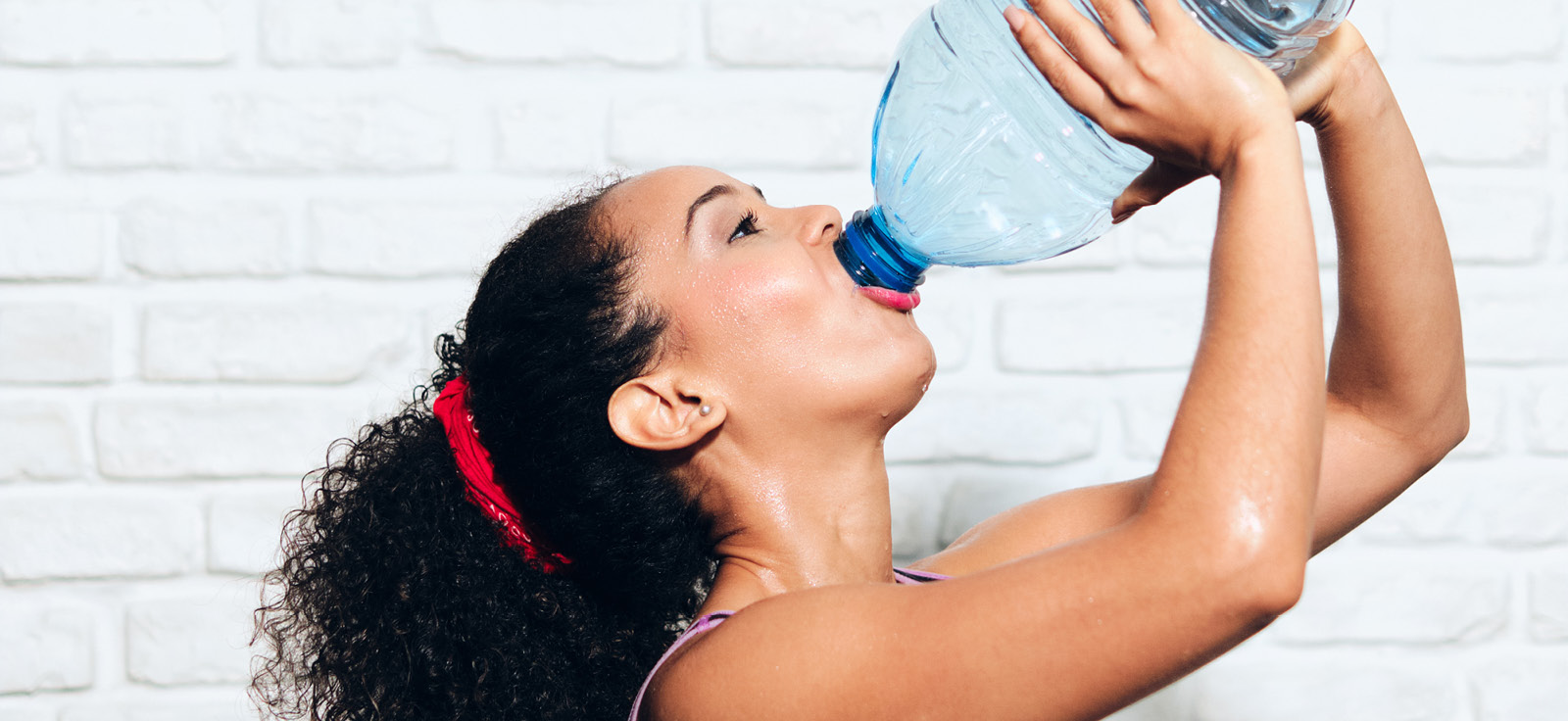
Staying hydrated is more than just quenching your thirst—it’s a cornerstone of a healthy workout routine. Proper hydration ensures your body functions at its best, whether hitting the treadmill, lifting weights, or crushing a HIIT session. Dehydration can lead to fatigue, dizziness, and even reduced performance, the last thing any gym-goer wants!
Understanding how to stay hydrated isn’t just about drinking water randomly; it’s about finding the right balance that supports your fitness goals and overall health.
For example, did you know that losing as little as 2% of your body weight through sweat can significantly impact your strength, endurance, and mental clarity? That’s why drinking enough water before, during, and after exercise is crucial.
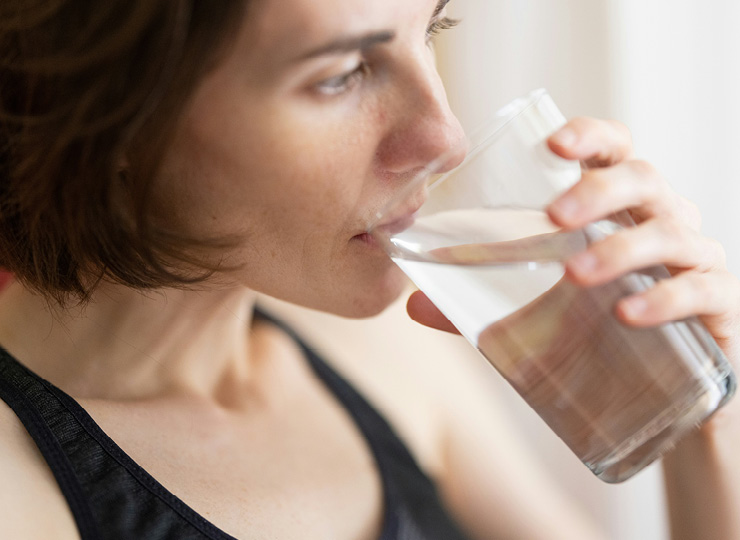
The amount varies depending on your activity level, body size, and how much you sweat, but a general rule of thumb is to drink at least 16-20 ounces of water two hours before exercising and 7-10 ounces every 10-20 minutes during your workout. Post-workout hydration is equally essential to help replenish fluids lost and support recovery.
But staying hydrated isn’t only about guzzling plain water—it’s also about keeping your electrolytes balanced. Electrolytes like sodium, potassium, and magnesium are vital for muscle function and energy. Sweaty workouts can deplete these, so incorporating drinks with electrolytes or even foods like bananas and spinach can make a difference.
In this article, we’ll discuss practical tips, personalized recommendations, and hydration hacks to help you stay hydrated and effortlessly achieve your workout goals. Let’s get started!
Why Stay Hydrated Is Important?
Hydration is essential for maintaining overall health and peak physical performance. Water accounts for approximately 60% of the human body and is critical in regulating temperature, delivering nutrients to muscles, and removing waste products.
During exercise, your body loses water through sweat to cool itself, but failing to replace these fluids can lead to dehydration, directly impacting your workout performance and recovery.
Dehydration affects stamina, thinking, and focus, as water supports brain function and motor coordination. But it’s not just endurance athletes who suffer—anaerobic exercises like weightlifting, HIIT workouts, and plyometric drills also require optimal hydration.
According to the Journal of Strength and Conditioning Research, dehydration can reduce muscle power, slow reaction times, and increase the risk of fatigue or injury. Staying hydrated helps your body perform at its best, recover faster, and avoid unnecessary setbacks in your fitness journey.
How Much Fluid Do I Need?
Figuring out how much water you need can feel tricky, but it doesn’t have to be. Your daily fluid intake depends on your body weight, activity level, and environment. According to Dietary Reference Intakes, experts recommend drinking about 3.7 liters (125 ounces) of fluids daily for men and 2.7 liters (91 ounces) for women.
Remember that your body loses water throughout the day through sweat, urine, and even breathing, especially during long or intense exercise or in hot or humid weather. To stay hydrated, it’s important to drink water consistently, not just when you feel thirsty.
Aim to drink fluids during workouts before, during, and after exercise. For example, drink 16–20 ounces of water two hours before your workout, sip 7–10 ounces every 10–20 minutes while exercising, and follow up with at least 16 ounces post-workout. In very hot weather or for long, intense exercise, you may need to drink more fluids or include a sports drink to replace electrolytes.
Avoid sugary drinks and drink water, fruit juice, or electrolyte beverages for hydration. Carrying a reusable water bottle is a simple way to remind yourself to drink fluids throughout the day and prevent dehydration, which can lead to mild symptoms like fatigue or severe risks like heat stroke.
What’s the Best Way to Stay Hydrated?
Need to catch up on your water intake? Don’t worry—chugging a gallon of water right before your workout isn’t the answer. It could leave you with an uncomfortable sloshing feeling in your stomach. Instead, the best way to stay hydrated is to sip water consistently throughout the day and during your workout. Aim to drink water steadily every 5 to 10 minutes during exercise and follow up with plenty of fluids after crushing your session.
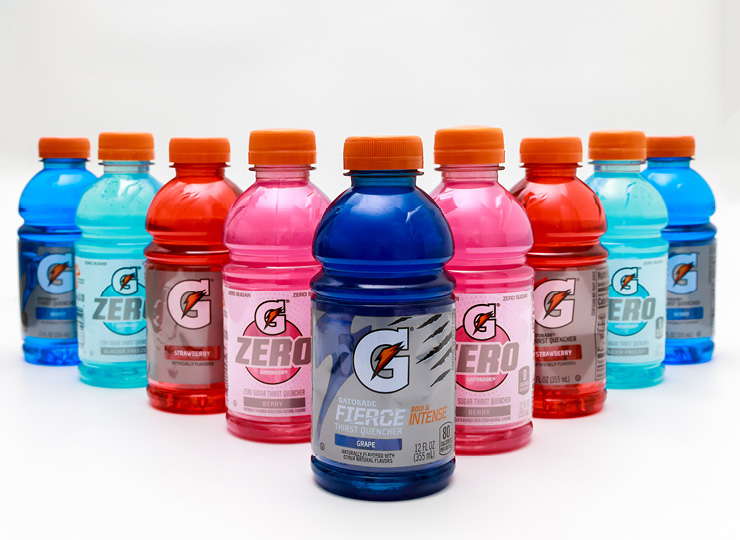
It’s also possible to overdo it with hydration, especially if you drink too much water too quickly. This can lead to a condition called hyperhydration or “water intoxication,” which, in extreme cases, may cause serious complications like seizures, coma, or worse. More commonly, it results in symptoms like:
- Fatigue
- Headaches
- Nausea
- Dizziness, or
- Hyponatremia—severely low sodium levels that can disrupt your body’s balance.
Confusingly, some of these symptoms overlap with signs of dehydration, making it tricky to pinpoint what’s going wrong. To avoid extremes, listen to your body, drink fluids as needed, and don’t forget electrolytes during long or intense workouts. Keep a reusable water bottle handy and stay consistent with your hydration to feel your best, whether lifting, running, or stretching at Crunch!
8 Tips for Staying Hydrated Throughout the Day
Staying hydrated is essential for maintaining your health, energy, and overall well-being. Here are some expert-recommended tips for staying hydrated throughout the day based on reliable sources like the Mayo Clinic and PubMed Central:
1. Drink Enough Water Daily
As a baseline, aim for about 8 cups (64 ounces) of water daily. However, individual needs may vary based on activity level, climate, and health. Adjust your intake as needed, especially in hot weather or during exercise.
2. Start Your Day with Water
Begin your morning with a glass of water to replenish fluids lost overnight. This helps kickstart your metabolism and keeps you alert.
3. Incorporate Hydrating Foods
Consume fruits and vegetables with high water content, such as cucumbers, watermelon, oranges, and lettuce. These provide hydration along with essential vitamins

4. Set Hydration Goals
Reminders like phone alarms or hydration apps encourage consistent daily water intake. This helps ensure you drink steadily instead of waiting until you’re thirsty.
5. Opt for Electrolyte Drinks When Needed
For intense exercise or exposure to heat, replenish lost electrolytes with drinks like coconut water or electrolyte-enhanced sports beverages. Avoid sugary or artificially flavored drinks when possible.
6. Limit Dehydrating Beverages
Minimize intake of alcohol and caffeinated drinks, as they can contribute to dehydration if consumed in excess. Balance these with water to maintain proper hydration.
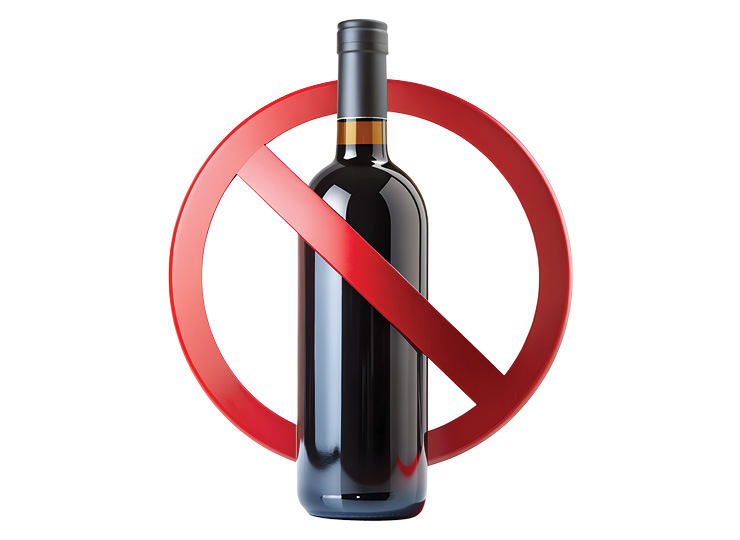
7. Listen to Your Body
Pay attention to signs of dehydration, such as thirst, dark-colored urine, fatigue, or dizziness. Increase your water intake immediately if you experience any of these symptoms.
8. Adjust for Environment and Activity
Increase fluid intake in hot, humid weather or during intense physical activities. Plan to carry a water bottle to stay hydrated on the go.
What Should You Drink During Exercise?
Choosing the right beverage during exercise can significantly affect your hydration and performance. Plain water is your best bet for moderate workouts, like gym classes or light cardio under an hour.
It effectively replenishes lost fluids and helps maintain overall health without added sugar or unnecessary calories. Keep a tall glass or reusable bottle handy to sip during your session.
Sports drinks may be beneficial for longer or more intense physical activities, such as endurance runs or playing sports in humid weather. These drinks replace lost fluids and supply carbohydrates (sugars) and electrolytes like sodium and potassium, which are essential for sustaining energy and preventing dehydration.
However, it is important to check for added sugars and choose options that align with your health goals.
After exercise:
- Focus on recovery by drinking enough water regularly until your urine is a pale, hydrated color.
- Avoid alcohol, such as beer or wine, post-workout; it acts as a diuretic, which can lead to further fluid loss. If preparing for a major endurance event, consider consulting a dietitian or sports nutritionist to tailor your hydration and nutrition strategy to your unique needs.
- Try sparkling water or infusing your drink with fresh fruit for added flavor.
Do I Really Need Electrolytes? Let’s Break It Down!
If you’re hitting the gym hard and breaking a serious sweat, electrolytes are your best workout buddy! Why? Because they help keep your muscles moving, your fluids balanced, and your body performing like a pro.
Sodium, the star electrolyte, is the one you lose most when you sweat. After a workout, it’s key to replace it so you can bounce back and feel your best. Sports drinks, electrolyte packets, and salty snacks are great for refueling.
Are you worried about sodium? Don’t sweat it (literally). For gym-goers, sodium “water weight” isn’t bad—it helps your body hold onto the fluids you need for blood flow, muscle contractions, and nerve function. The average person needs about 1,500–2,300 milligrams of sodium daily to stay balanced.
Here’s the deal with sweat: it’s mostly water (99%), but the 1% salt loss can add up—around 500 to 1,500 milligrams of sodium per hour of intense exercise. That’s why a quick re-up within 60 minutes post-workout is a game-changer. (FYI: 10 little pretzels pack about 760 milligrams of sodium. Snack smart!)
So, if you’re dripping after a killer Crunch sweat session, don’t forget to hydrate AND replenish those electrolytes. Your muscles—and your future workouts—will thank you!
Reach Your Fitness Goals With Crunch
Hydration is key to unlocking your full workout potential. Drinking the right amount of water keeps your energy high, your muscles strong, and your mind focused. Whether water or an electrolyte drink for longer sessions, staying hydrated helps prevent fatigue, cramps, and dehydration, setting you up for success. Keep water handy, listen to your body, and stay fueled to crush your fitness goals!
Crunch promotes a culture of positivity, inclusivity, and fun with no judgments by providing an environment for all individuals regardless of their health and fitness goals. Find a Crunch gym near you to try our free trial membership, or join Crunch now. We’re here for you – at the gym or at home. Access the best live & on-demand workouts anytime, anywhere with Crunch+. Ready to get sweaty? Try hundreds of workouts for free!Start your free trial now!










